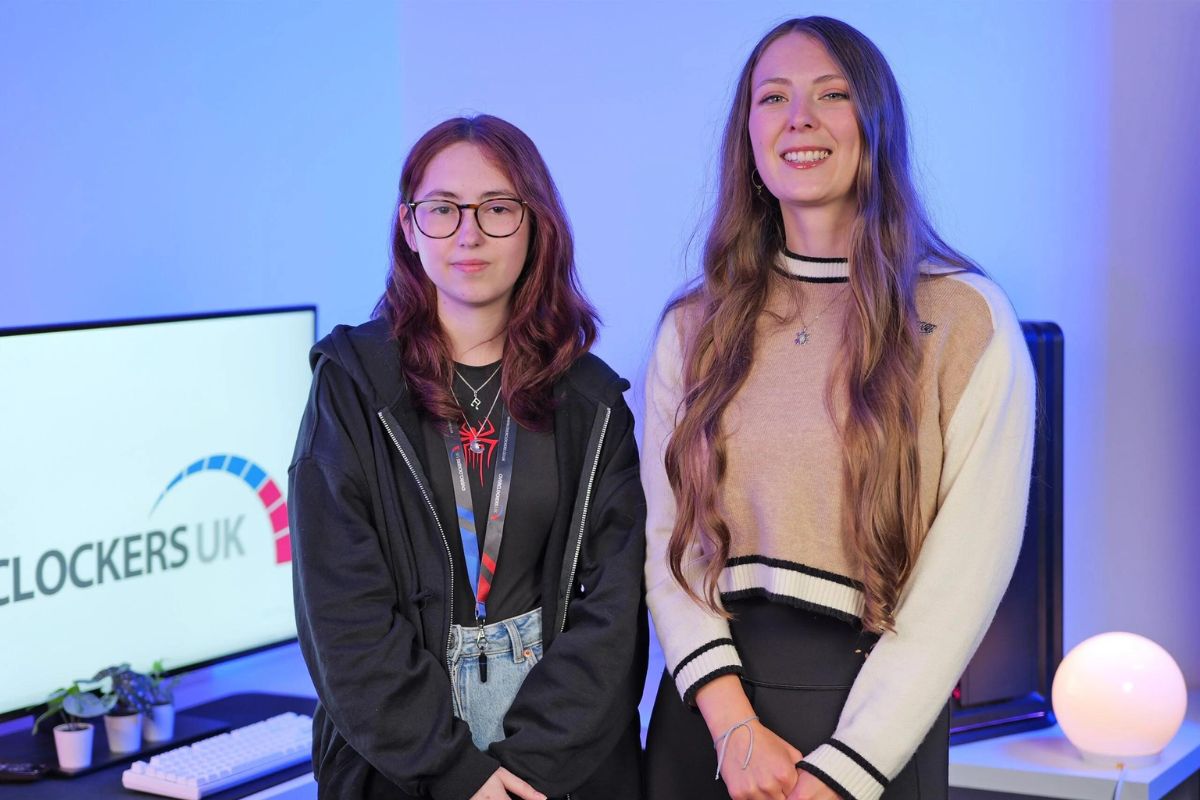Responding to AAC conference points to support EpAOs

Following on from Catherine Large’s speech at the Annual Apprenticeship Conference in March 2022, I thought it may be helpful to share some of my historical support articles, that may help EpAOs address the points that were raised during the speech. Each article contains the references, and hyperlinks, to the Ofqual, ESFA and IfATE rules and guidance where applicable.
However, before I start, I personally do feel that one point made by Catherine Large was ill advised, untimely and unfair: “I highly recommend that anyone makes an Ofqual-recognised awarding organisation their EPA provider of choice from this point on.” Given that the phase 2 Ofqual application deadline has not even been reached (16 May 2022), I feel very strongly that it was wrong to say this. By saying this, Ofqual are interfering with the market place by advising employers and providers to avoid EpAOs who, by simply following policy deadlines, are not yet Ofqual recognised.
In response to her good practice bullets, which were based around the Ofqual technical evaluation of EpAO materials, here are some links to articles I have written that may help EpAOs:
“The assessment plan, developed by employers and approved by the Institute, is an important blueprint. We would expect organisations to bring their own sectoral and technical assessment design expertise to bear in interpreting it.”
“Overall, where we see better quality assessment, it is where EPAOs have considered where materials for different audiences – training providers, assessors, apprentices themselves – have to align and do not contradict each other, when a clear and simple method of grade aggregation is supplied, and when a clear and robust quality assurance process is in place.”
Back in 2018, I wrote an article for EpAOs on getting ready for delivery. This was long before Ofqual was on the radar for EQA of all apprenticeships, but the principles of what I shared are still valid today. Building on my initial advice, I wrote an article in September 2020 about awareness of, and preparation for EPA. More recently, when providing hints and tips on Ofqual recognition, I provided further detail on designing the assessments from the assessment plan (bullet point 7)
“We expect EPAOs to take in to account the relevant employment context in their assessment design, as set out in the assessment plan, and to make sure that questions aren’t focused on a part of the industry that the apprentice may not have experience of where a standard covers multiple job roles.”
Back in 2019 I wrote an article on assessing behaviours in end-point assessment. This article was based around earlier assessment plans, where KSBs had not been mapped to assessment methods, but the principles of using sector / industry expertise to interpret and identify appropriate grading boundaries, amplification and guidance is still relevant.
“We expect multiple choice tests to provide only one possible correct answer where there is one mark available in the mark scheme. EPAOs must provide enough information to allow assessors to apply the mark scheme accurately and consistently.”
In October 2021, I wrote an article on designing multiple choice questions.
“We want EPAOs to set clear parameters and expectations for how observations should be conducted, and to include some exemplification of the grading criteria to show what an assessor should be looking for in practice. We want to see examples provided of what an apprentice might do to demonstrate the different grade criteria.”
In March 2021, I wrote an article, with David Jenkins Handy from Agora Consulting, introducing levels across the differing assessment methods.
Back in March and In June 2020, I wrote articles relating to remote assessment. The first was first was highlighting key considerations , and the second was an example of remote observation delivery following an interview with the IAC (International Assessment Centre)
“For assessments that use observation, and/or a portfolio, showcase or journals, we’d like to see the expectations of apprentices set out clearly, for example with the number of pieces of evidence required, the types of evidence to include and format required, and to have a clear and effective process for authenticating this evidence.”
In an article back in Sept 2020, I detailed the sorts of activities and documents that an EpAO could produce to ensure the apprentice is ready for EPA, which included templates, guidance, specifications and mocks. I also wrote an article on the gateway process which provided examples and hints/tips on activities for EpAO, employer and training provider on providing clarity around expectations and activities.
By Jacqui Molkenthin,
You can access all of my articles via my LinkedIn page and via FE News.











Responses